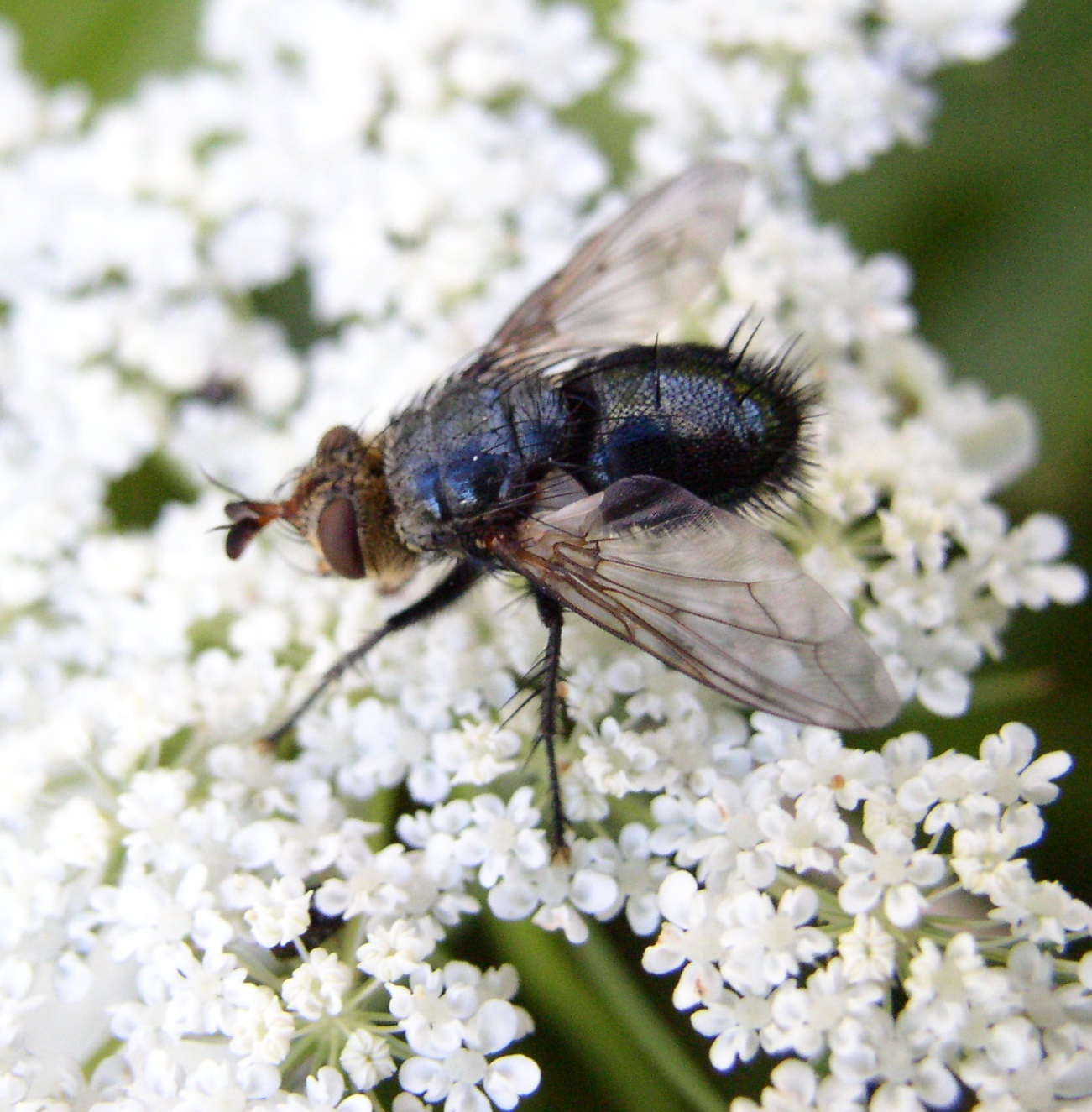|
Coloradomyia
''Coloradomyia'' is a genus of flies in the family Tachinidae. Species *'' Coloradomyia eucosmaphaga'' Arnaud, 1963 Distribution Colorado Colorado is a U.S. state, state in the Western United States. It is one of the Mountain states, sharing the Four Corners region with Arizona, New Mexico, and Utah. It is also bordered by Wyoming to the north, Nebraska to the northeast, Kansas ... References Tachininae Brachycera genera Monotypic Brachycera genera Diptera of North America {{ernestiini-stub ... [...More Info...] [...Related Items...] OR: [Wikipedia] [Google] [Baidu] |
Tachininae
Tachininae is a family (biology), subfamily of fly, flies in the family Tachinidae. Tribes & genera The classification below has been called into question by Stireman et al. but new tribal assignments have not been formally published. *Tribe Bigonichetini :*''Cucuba'' Richter, 2008 :*''Lissoglossa'' Joseph Villeneuve de Janti, Villeneuve, 1913 :*''Triarthria'' James Francis Stephens, Stephens, 1829 :*''Trichactia'' Paul Stein (entomologist), Stein, 1924 *Tribe Brachymerini :*''Brachymera'' Friedrich Moritz Brauer, Brauer & Julius von Berganstamm, Bergenstamm, 1889 :*''Neoemdenia'' Mesnil, 1953 :*''Pelamera'' Herting, 1969 :*''Pseudopachystylum'' Josef Mik, Mik, 1891 *Tribe Ernestiini :*''Bombyliomyia'' Friedrich Moritz Brauer, Brauer & Julius von Bergenstamm, von Berganstamm, 1889 :*''Brachelia'' Jean-Baptiste Robineau-Desvoidy, Robineau-Desvoidy, 1830 :*''Bracheliopsis'' Emden, 1960 :*''Bracteola'' Richter, 1972 :*''Chaetophthalmus'' Friedrich Moritz Brauer, Brauer & Julius vo ... [...More Info...] [...Related Items...] OR: [Wikipedia] [Google] [Baidu] |
Tachinidae
The Tachinidae are a large and variable family of true fly, flies within the insect order Fly, Diptera, with more than 8,200 known species and many more to be discovered. Over 1,300 species have been described in North America alone. Insects in this family commonly are called tachinid flies or simply tachinids. As far as is known, they all are protelean parasitoids, or occasionally parasites, of arthropods, usually other insects. The family is known from many habitats in all Zoogeography, zoogeographical regions and is especially diverse in South America. Taxonomy Just like that of all Diptera, the taxonomy of Tachinidae is complex. The name Tachinidae was first validly proposed by Robineau-Desvoidy in 1830, but in the form "Tachinariae." Robineau-Desvoidy, 1830 thus has priority despite the name correction, and this applies to Tachinidae (for the family) and to Tachininae (for the subfamily), in accordance with the ICZN rules on the formation of group names (Article 36.1). ... [...More Info...] [...Related Items...] OR: [Wikipedia] [Google] [Baidu] |
Colorado
Colorado is a U.S. state, state in the Western United States. It is one of the Mountain states, sharing the Four Corners region with Arizona, New Mexico, and Utah. It is also bordered by Wyoming to the north, Nebraska to the northeast, Kansas to the east, and Oklahoma to the southeast. Colorado is noted for its landscape of mountains, forests, High Plains (United States), high plains, mesas, canyons, plateaus, rivers, and desert lands. It encompasses most of the Southern Rocky Mountains, as well as the northeastern portion of the Colorado Plateau and the western edge of the Great Plains. Colorado is the List of U.S. states and territories by area, eighth-largest U.S. state by area and the List of U.S. states and territories by population, 21st by population. The United States Census Bureau estimated the population of Colorado to be 5,957,493 as of July 1, 2024, a 3.2% increase from the 2020 United States census. The region has been inhabited by Native Americans in the United St ... [...More Info...] [...Related Items...] OR: [Wikipedia] [Google] [Baidu] |
Brachycera Genera
The Brachycera are a suborder of the order Diptera. It is a major suborder consisting of around 120 families. Their most distinguishing characteristic is reduced antenna segmentation. Description A summary of the main physical characteristics is: * Antenna size (with eight or fewer flagellomeres) is reduced. In many species the third segment, the flagellum, is fused, except from a bristle called the arista that is sticking out from the fused flagellum. The arista consist of no more than three segments called aristomeres. * The maxillary palp (an elongated appendage near the mouth) has two segments or fewer. * The back portions of the larval head capsule extend into the prothorax (the anterior part of the thorax, which bears the first pair of legs). * Two distinct parts make up of the larval mandible (lower jaw). * The epandrium and hypandrium of the genitalia are separated in males. * No premandible is present on the lower surface of the labrum (the roof of the mout ... [...More Info...] [...Related Items...] OR: [Wikipedia] [Google] [Baidu] |
Monotypic Brachycera Genera
In biology, a monotypic taxon is a taxonomic group (taxon) that contains only one immediately subordinate taxon. A monotypic species is one that does not include subspecies or smaller, infraspecific taxa. In the case of genera, the term "unispecific" or "monospecific" is sometimes preferred. In botanical nomenclature, a monotypic genus is a genus in the special case where a genus and a single species are simultaneously described. Theoretical implications Monotypic taxa present several important theoretical challenges in biological classification. One key issue is known as "Gregg's Paradox": if a single species is the only member of multiple hierarchical levels (for example, being the only species in its genus, which is the only genus in its family), then each level needs a distinct definition to maintain logical structure. Otherwise, the different taxonomic ranks become effectively identical, which creates problems for organizing biological diversity in a hierarchical system. ... [...More Info...] [...Related Items...] OR: [Wikipedia] [Google] [Baidu] |


